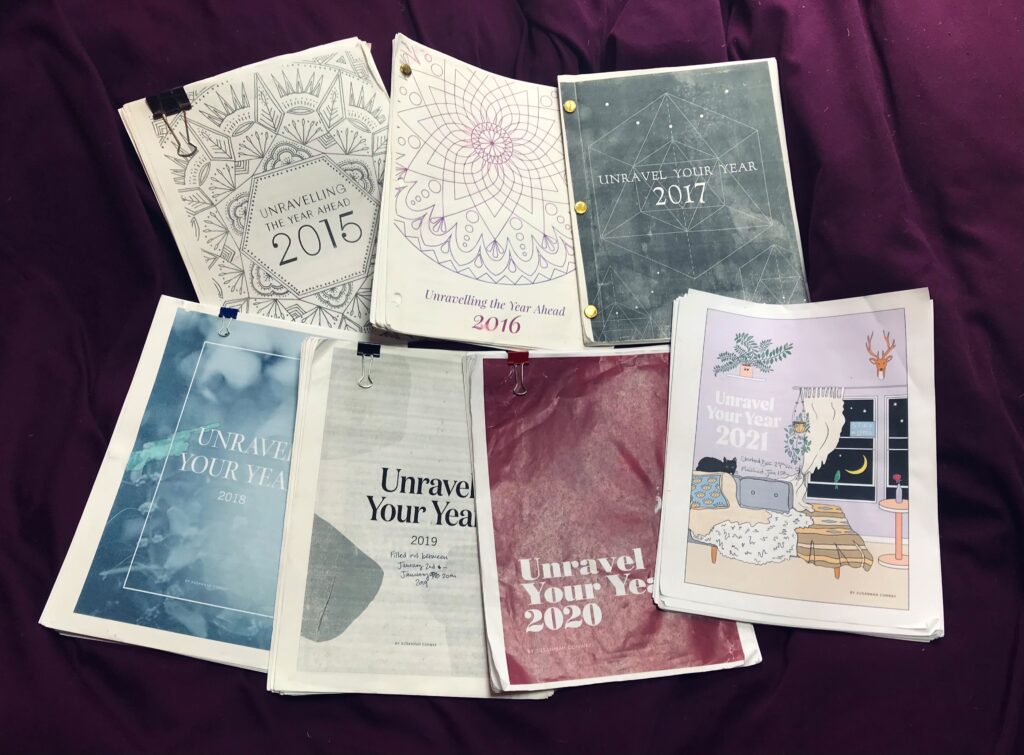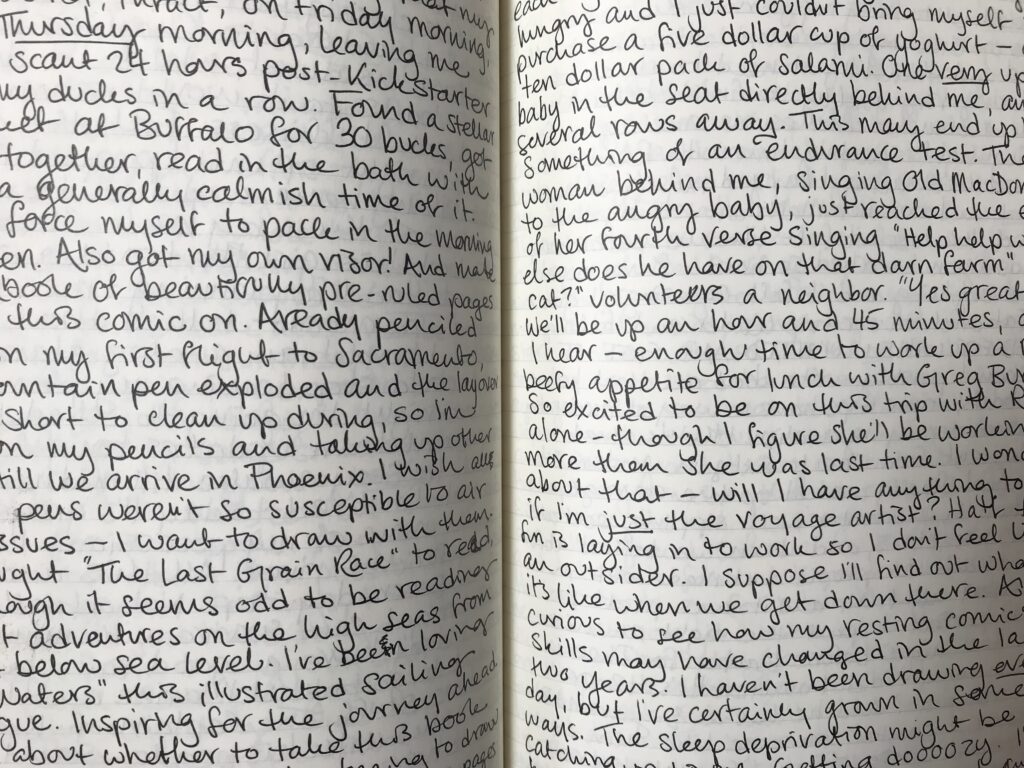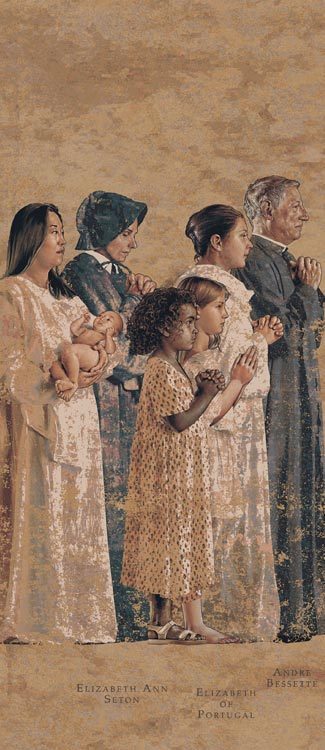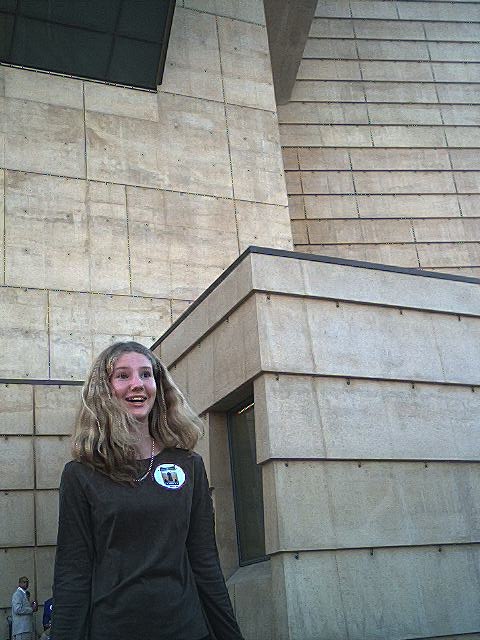
Again, Sarah Manguso:
My goal now is to forget it all so that I’m clean for death. Just the vaguest memory of love, of participation in the great unity.
What does it mean to be a steward of something or someone in decline?
In caregiving or hospice work (and ecological thinking in the era of climate collapse), this is clearly the game, but I catch myself wondering how it translates to making a comic or writing an essay or any other generative act. How is this season of my life a form of cross-training?
Often I think of creation as an additive process—raising a child, building a city, weaving a carrier bag. But what if, rather than moving closer to the realization of a vision, the putting-down-on-paper-ness of it all degrades the original, unthinkable idea? (However I pronounced “Hermione” in my head as an eight-year-old, for example, vanished the moment I listened to Harry Potter and the Philosopher’s Stone on audiobook.)
I say “degrades” and feel the jolt of negative connotation, but I don’t mean for this to be negative. There are many ways to think about caring for someone with less time left on this earth than I have. Some of them are negative, depressing, dispiriting. Some days I succumb to that helplessness. But there’s a richness to it, too, even if it doesn’t fit the cultural model we’ve inherited for worthwhile heroics. Again, Le Guin: “[…] the Hero does not look well in this bag.” I try to apply the grandiose posturing of meeting an impossible deadline to the work of caregiving and instead I come up against the fact of death again and again and again.
I think there’s still a part of me clinging to the idea that if I could only become [blugh] enough, I could bring my ideas into the world in a visual form that fully encapsulates what’s present in my mind. And yet: 100% of the time, the page I draw does not, cannot, match the one I envisioned when I sat down at the drawing board. And yet and YET: 100% of the time the physical manifestation of that vision eclipses what I’d imagined. Maybe not in the moment, because I’m stubborn and I’ll usually spend a day or two scowling at whatever’s ended up on the page, muttering about how I’m not mad I’m just disappointed, but once I’ve gone away and come back and seen the page contextualized in the greater stream of the narrative, it’s like someone’s shaken the Etch-a-Sketch. Blank slate. The vaguest memory of love.



